Prim’s Algorithm-
- Prim’s Algorithm is a famous greedy algorithm.
- It is used for finding the Minimum Spanning Tree (MST) of a given graph.
- To apply Prim’s algorithm, the given graph must be weighted, connected and undirected.
Prim’s Algorithm Implementation-
The implementation of Prim’s Algorithm is explained in the following steps-
Step-01:
- Randomly choose any vertex.
- The vertex connecting to the edge having least weight is usually selected.
Step-02:
- Find all the edges that connect the tree to new vertices.
- Find the least weight edge among those edges and include it in the existing tree.
- If including that edge creates a cycle, then reject that edge and look for the next least weight edge.
Step-03:
- Keep repeating step-02 until all the vertices are included and Minimum Spanning Tree (MST) is obtained.
Prim’s Algorithm Time Complexity-
Worst case time complexity of Prim’s Algorithm is-
- O(ElogV) using binary heap
- O(E + VlogV) using Fibonacci heap
Time Complexity Analysis
So, overall time complexity = O(E + V) x O(logV) = O((E + V)logV) = O(ElogV)
This time complexity can be improved and reduced to O(E + VlogV) using Fibonacci heap. |
PRACTICE PROBLEMS BASED ON PRIM’S ALGORITHM-
Problem-01:
Construct the minimum spanning tree (MST) for the given graph using Prim’s Algorithm-
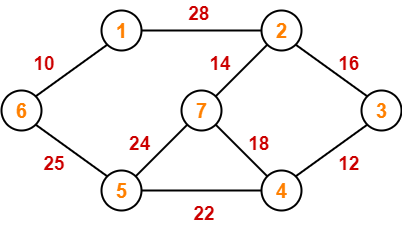
Solution-
The above discussed steps are followed to find the minimum cost spanning tree using Prim’s Algorithm-
Step-01:
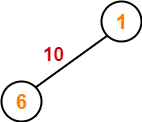
Step-02:
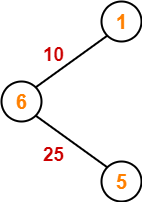
Step-03:
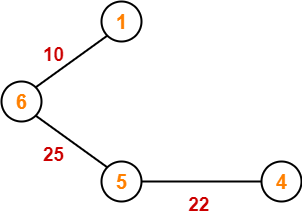
Step-04:
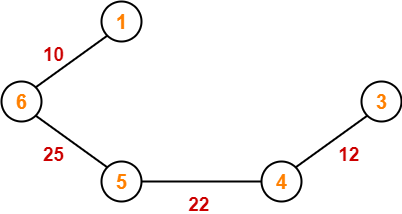
Step-05:
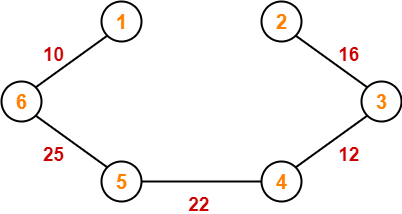
Step-06:
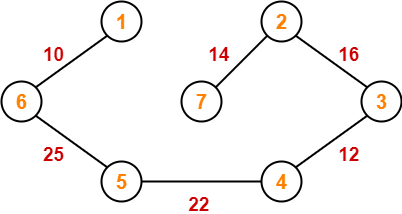
Since all the vertices have been included in the MST, so we stop.
Now, Cost of Minimum Spanning Tree
= Sum of all edge weights
= 10 + 25 + 22 + 12 + 16 + 14
= 99 units
Problem-02:
Using Prim’s Algorithm, find the cost of minimum spanning tree (MST) of the given graph-
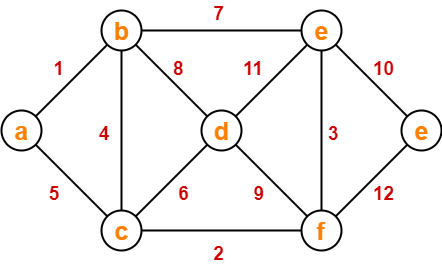
Solution-
The minimum spanning tree obtained by the application of Prim’s Algorithm on the given graph is as shown below-
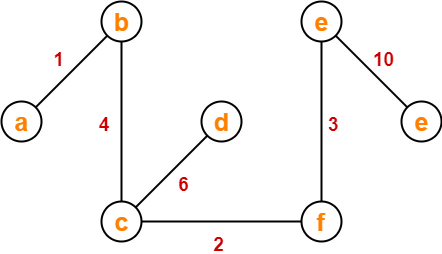
Now, Cost of Minimum Spanning Tree
= Sum of all edge weights
= 1 + 4 + 2 + 6 + 3 + 10
= 26 units
To gain better understanding about Prim’s Algorithm,
To practice previous years GATE problems based on Prim’s Algorithm,
Next Article- Kruskal’s Algorithm
Get more notes and other study material of Design and Analysis of Algorithms.
Watch video lectures by visiting our YouTube channel LearnVidFun.

